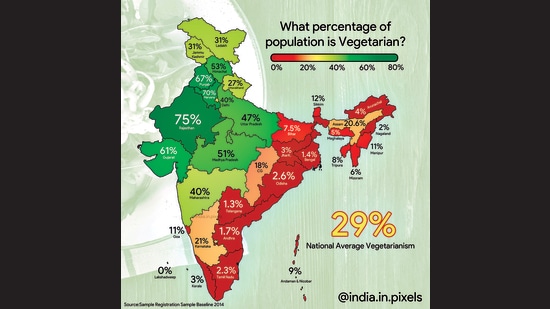(Originally posted on Sep 28, 2020 on the Drishti blog)
In assembly, codifying the process through standardized work is paramount to high quality and throughput. That’s why standardized work is a one of the foundational disciplines of the Toyota Production System. It doesn’t totally connect, then, that spending on process improvements lags far behind spending on product development. In fact, the manufacturing team often has to “figure out” how to make the product specs work during the actual assembly process, while the design engineers get the glory for their designs.
Why?
For one thing, manufacturing is a back office, unsexy activity. As such, there’s a lack of understanding about the difficulty and elegance of good process design. Developing good, efficient assembly processes is a challenge, and a work of art — a well designed line is a sight to behold! But the disconnect exists, and it is exacerbated by the R&D process: Design engineers watch a prototype being built in a lab environment, and don’t understand why prototype development doesn’t always translate well to a mass production environment. But as I’ve written before, a lab deployment is very different from a mass production deployment (which is another reason I recommend bypassing the lab when deploying new technology on the floor).
Consider this scenario: An electric vehicle requires an electrical motor to be assembled instead of an internal combustion engine; high currents with the corresponding i2r losses and electrical connectivity requirements become more important. Consequently, the wire harness assembly is very complicated. In this new world, a Tesla engineer, for example, might design a wire harness assembly specification that, when it gets to the floor, requires the line associate to connect two cables at an ergonomically challenging angle, slowing down the line and ultimately causing repetitive motion problems for the line associate.
If the design and process teams don’t work together, the operators and staff on the floor will be forced to deviate from standardized work, potentially introducing productivity and quality issues into the assembly process. Or perhaps the equipment used to help install the harnesses isn’t meant to work the way the design engineers expected — if they can see that limitation in action, they might be able to recommend a design tweak versus completely retooling the line or training the operators on new assembly equipment.
In forward-thinking companies, the disconnect between the design and assembly teams is addressed by co-locating the design and build teams and by using concurrent engineering processes. For example, by bringing design engineers to the manufacturing site the entire team can, together, see how the assembly process is (not) working and make the required changes on the product and/or process sides happen in short order.
In this model, information — the most critical element in this creative process — flows fast and furiously from the design room to the floor and back. Design engineers quickly see the cause of the slowdowns and line associate health risk, potentially change the placement or design of the harness and see the impact on the process and the associated ergonomics.
This type of genba is critical to concurrent engineering, but it’s not cheap. Typically the prototype facility isn’t proximal to the mass production site, so product teams need to travel to the line. Even in the best of times, that’s a costly exercise — flights, housing, lost time, etc. can add up. But in a COVID-19 world, getting to the site is next to impossible.
That’s where video technology like what Drishti provides becomes critical. With cameras on every station, product design teams can quickly tune into live feeds to see the product being built in real time, or stored videos can be called up at their leisure. The team at the production site can also tag any videos that show process issues for the design team to view in succession.
Not surprisingly, Akio Toyoda, CEO of Toyota, has started to see the value in remote genba walks. When the coronavirus first started limiting corporate travel, he questioned the TPS principle saying, “We’re taking a fresh look at the assumptions of ‘Genchi-Genbutsu.’”
They say a picture is worth a thousand words; what is a video worth? With the capability to collect and share video, manufacturers can provide proof positive of any design issues that result in an inability to craft and follow safe and well-designed standard work processes, and use those videos as a call to action to their development colleagues who will better understand what’s going on during assembly. All with the end goal of designing better, sexier products for the market while making them simpler, cheaper and safer to build!










